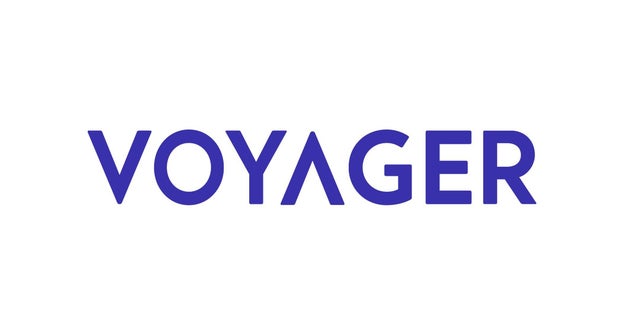Birds of a Feather – Doubling 6
Hi, Just dropping some information about the next Doubling (#6) coming up on my project and dropping some information. An overall informative guide to the Birds of a Feather (BOAF) Collection is available on Medium regarding unique tokens or NFT's, digital ownership and why I choose to use Ravencoin for my project. Link here. https://medium.com/@lsji07/digital-tokens-and-ownership-42b3949e1b1a…
Read more








